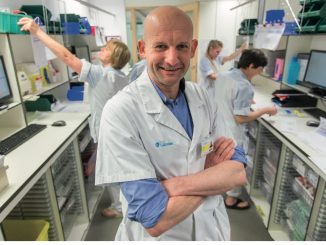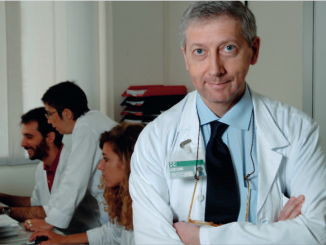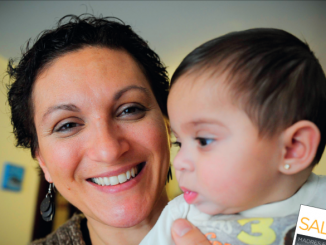«We must abandon the fiction that current oversight systems are adequate to protect volunteers in first-in-human trials or to steward scientific efforts»: this is the strong conclusion of a paper published in Nature by two bioethicists of the McGill University, in Montreal, on first-in-human studies, often approved despite the lack of evidence of a significant promise of efficacy.
Jonathan Kimmelman, who wrote the comment with his PhD student Carole Federico, has been studying this topic for the last decade, and currently directs a research group at McGill, called STREAM, devoted to understanding the ethics and policy of drug development. Their latests analysis starts from the recent case of the French phase 1 trial by Bial in which one previously healthy volunteer died and four others were hospitalised with serious neurological complications. That high price, according to the authors, was paid for what in retrospect looks more like a high-risk bet than a careful investment: «The 63-page Investigator Brochure describing the trial included fewer than two pages of evidence that the drug had the desired pharmacological activity. It identified only two studies presented as evidence for efficacy, both problematic» Kimmelman points out, insisting that apart from cases of acute toxicity the overall balance needs to be reconsidered, since trials of ineffective therapies place burdens on society even when participants aren’t harmed.
«Ethics requires clear-eyed evaluation of a drug’s potential» Kimmelman and Federico write, recapitulating the three main questions that can help provide clarity.
What is the likelihood that the drug will prove clinically useful?
• How have other drugs in the same class or against the same target performed in human trials?
• How have other drugs addressing the same disease process fared?
Assume the drug works in humans. What is the likelihood of observing the preclinical results?
• Are the treatment effects seen in animals large and consistent enough to suggest a tangible benefit to patients?
• How well do animal models reflect human disease?
Assume the drug does not work in humans. What is the likelihood of observing the preclinical results?
• Have effects of random variation and bias been minimized (for example by sample sizes, randomization, blinding, dose-response curves and proper controls)?
• Do the conditions of the experiment (for instance age of animal models, timing of treatments and outcomes) match clinical scenarios?
• Have effects been reproduced in different models and/or in independent laboratories?
In order to improve the situation, health authorities should require drugs sponsors to include negative results from animal studies in documents submitted to investigators and ethics committees; trials should be allowed to proceed only after careful vetting of the preclinical evidence by independent experts; reviewers should be encouraged to consider a broad base of evidence in assessing the probability that a drug will prove clinically useful.
Anticipating the objections that this approach could increase costs and time for drug development, the researchers insist that more-thorough assessments of clinical potential before trials could reduce failure rates, and thereby offset development costs.





